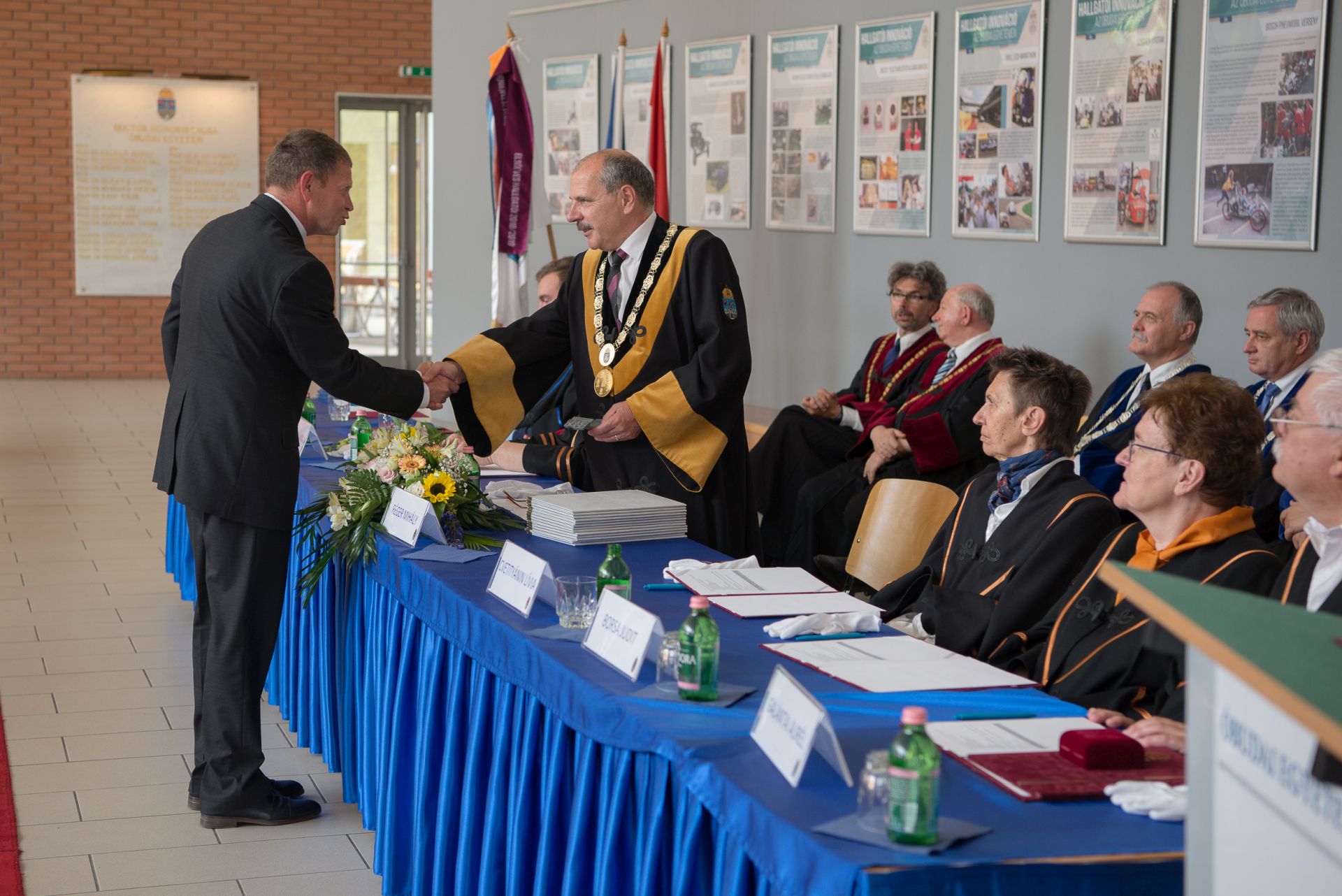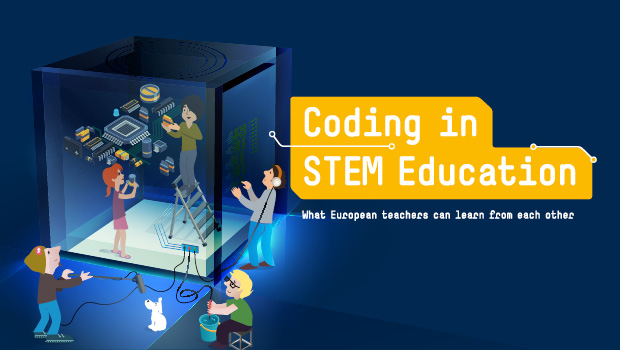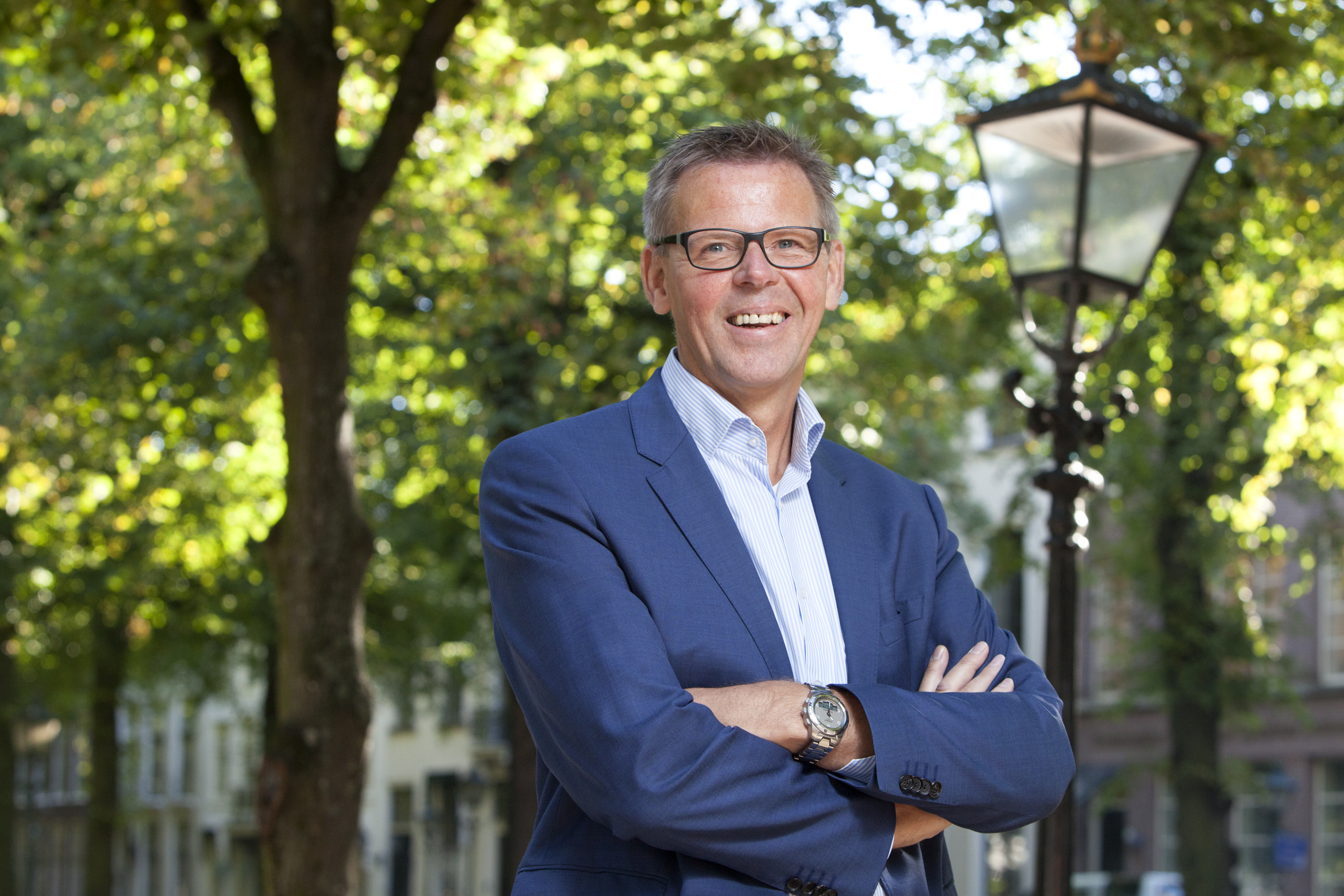MKB!dee
MKB!dee is an initiative of the Dutch ministry of Economic Affairs to promote the development of experimental approaches for (and by) lifelong learning in small and medium sized enterprises. The programme is implemented by the Dutch national STEM platform (PTvT) in cooperation with the Dutch Enterprise Agency (RVO) and provides support and funding (up to 200.000 per project) to SME's for the development of new approaches
Research has shown the importance of continuous investment in skills (lifelong learning). Small and medium sized enterprises (SME’s) in the Netherlands tend to invest relatively little in lifelong learning. Research by the Dutch ministry of Economic Affairs (EZK) has shown that the main obstacle to increased (structural) investment in the continuous development of employees is not a financial but practical. For example, smaller companies find it more difficult to free up personnel to participate in lifelong learning activities, but also find it more difficult to identify learning opportunities suitable to their specific company / sector.
The Dutch ministry of Economic Affairs responded to this challenge with the MKB!dee: A programme that supports SME’s in the development of lifelong learning activities that fit the needs of their specific company type, size and sector. The programme is funded by the Dutch ministry of Economic Affairs and part of the broader MKB Actieplan ('SME Action Plan'). It is implemented by the Dutch national STEM platform supported by the Netherlands Enterprise Agency (RVO) which monitors and evaluates the programme. Participating SME’s can apply for a total grant of max. 125.000 euro (individual SME’s) or 200.000 euro (multiple SME’s) for the development of new / experimental lifelong learning activities relevant for their company / sector. The main objective of the MKB!dee programme is twofold:
- To provide practical and financial support to SME’s in the Netherlands in the development of (experimental) lifelong learning activities that suit the needs of their company
- To identify and upscale successful lifelong learning approaches developed in the context of the programme.
In addition to general quality criteria, project proposals submitted by SME’s are evaluated on the extent to which they contribute to pre-defined policy objectives of the Dutch ministry of Economic Affairs. These include:
- Climate and energy transition
- Increasing the number and quality of STEM and ICT professionals
- Digitalisation of SME’s
- Lifelong learning in small SME's (< 50 employees)
In 2019 the research firm SEO was tasked by the Dutch ministry of Economic Affairs and Climate to carry out an independent evaluation of the first round of pilot applications. This evaluation mapped the background, geographic location and structure of the project consortia serving as a 'zero measurement' for future reference (see background documents). No further analysis of the structural impact of the programme on participating SME’s has been carried out yet. However, based on positive responses and growing demand the programme has been extended with a second application round in 2021.
During the first period of the programme (2018-2019) a total of 61 projects were funded. A further 10 million euro has been reserved for 50-70 additional projects to be funded in 2021. The programme also aims to identify and upscale successful projects after the funding period ends to further stimulate both demand and supply of successful Lifelong Learning approaches for SME’s.
The programme is fully funded by the Dutch ministry of Economic Affairs (EZK). In the period of 2018-2020 a total of 61 projects were funded. Of the total programme budget, 27% is reserved for small SME’s (< 50 employees).
Individual SME’s participating can apply for a maximum grant of 125.000 euro per project. Project proposals involving more than one SME can apply for a maximum grant of 200.000 euro per project. No co-funding on the part of the SME is required. Successful applicants receive 90% of the total budget as a pre-financing payment (up front) and the remaining 10% after completion of the project.
MKB!dee is an initiative of the Dutch ministry of Economic Affairs to promote the development of experimental approaches for (and by) lifelong learning in small and medium sized enterprises. The programme is implemented by the Dutch national STEM platform (PTvT) in cooperation with the Dutch Enterprise Agency (RVO)
In the period of 2018-2020 a total of 61 projects were funded (200.000 euro per project) focused on developing new lifelong learning approaches in SME's. Of the total programme budget, 27% is reserved for small SME’s (< 50 employees).











